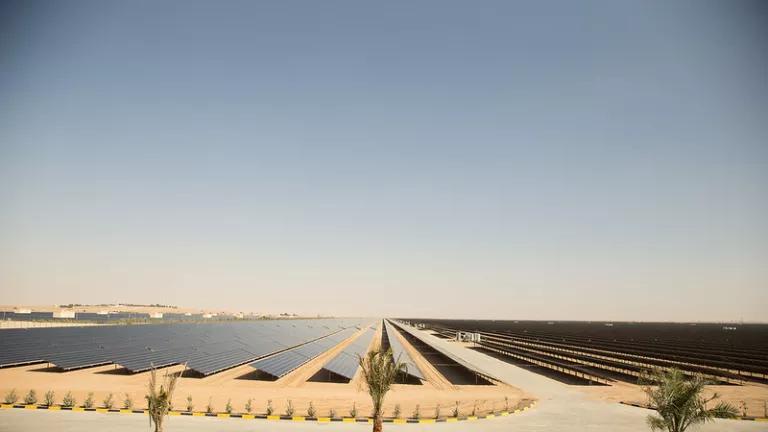The EPA's final Clean Power Plan is a game-changer. It's an unprecedented turning point in the fight to combat climate change, and an enormous step against the central environmental crisis of our time. The Plan puts energy efficiency and renewable energy front and center as the path to meeting targets for carbon pollution reductions. That means that we have an opportunity to replace the need for coal and natural gas with renewables, and reap the economic benefits of clean energy. Read more from my colleague Susan Casey Lefkowitz at: http://on.nrdc.org/1K5rwA7
Some of the power plants affected by the new standards could burn not just coal, but a mix of coal and biomass. Others being built would burn only biomass fuel. Ignoring the carbon emissions from biomass risks compromising the very goals the President set forth. In could mean we clamp down on carbon pollution from burning coal, but end up increasing carbon emissions from burning our forests.
So we were gratified to see that EPA has definitively established that not all biomass is "carbon neutral," rejecting industry pressure to give all biomass burning in power plants a free pass, and acknowledging the science that shows that different forms of biomass fuel have varying carbon impacts. The claim that all forms of biomass are categorically carbon neutral is a myth, and it's time to put that specious argument behind us.
The EPA has adopted an approach under which states would submit their plans to use "qualifying biomass" - defined by the agency as a biomass feedstock that is demonstrated as a method to control increases of CO2 levels in the atmosphere. Unfortunately, EPA does not provide a robust set of criteria in this rule for what constitutes "qualifying" biomass and leaves undefined the standard to "control increases of CO2 levels." Instead the EPA has left it to the states‎ to analyze and assess carbon benefits of different biomass feedstocks.
It will be essential that any emissions reductions credited to biomass-burning be additional from the perspective of the atmosphere -- i.e. they must be above and beyond what would have happened absent bioenergy. Second, carbon sequestration used to offset the emissions of a biomass-burning facility must be achieved not in some distant future, but within a very short timeframe relevant to those emissions and the Administration's commitments to reducing national greenhouse gas emissions.
The EPA will need to make these determinations in its approval/disapproval decisions on state plans; the agency would give guidance and certainty to all parties if it provided these standards expressly in the final Federal Implementation Plan.
While the final CPP rule does not set forth a rigorous accounting structure as we had hoped, it does require a very robust level of documentation and tracking of states' proposed qualified biomass, requiring that the carbon benefits be quantifiable, verifiable, non-duplicative, permanent and enforceable with respect to each power plant. This includes a requirement for tracking and auditing approaches for qualified biomass feedstocks.
Foremost, in this rule EPA has signaled that it has concerns about biomass, and has made clear that they will be assessing the any purported benefits on a case-by-case basis in the SIPS, requiring a high standard of proof and verification.
NRDC has information related to the Clean Power Plan here, including our detailed resource book entitled "Clean Power: The Case for Carbon Pollution Limits."



